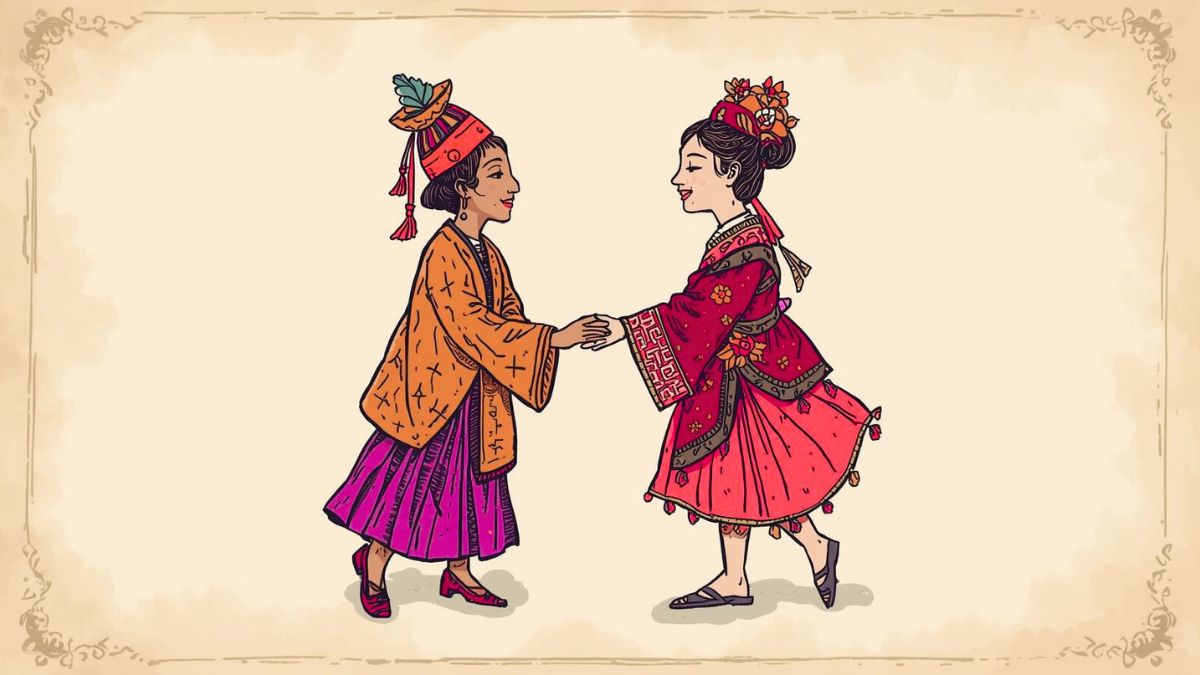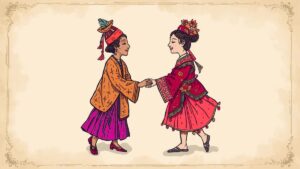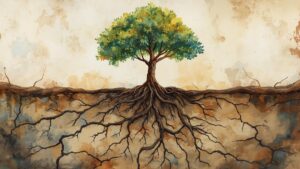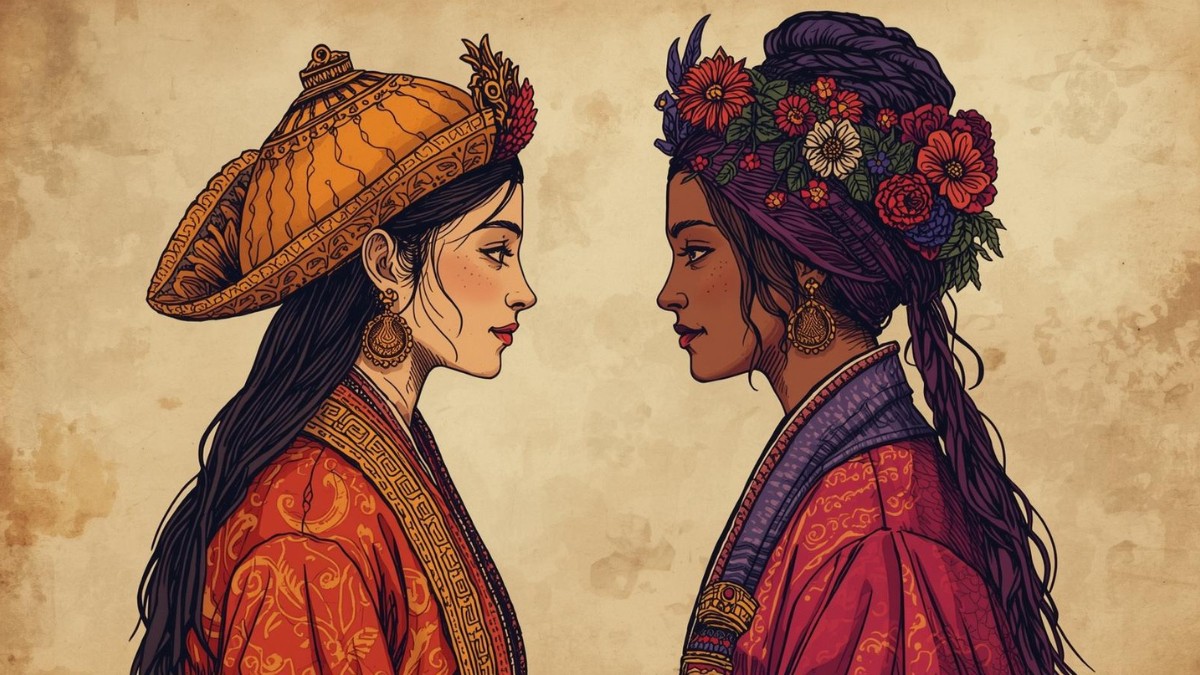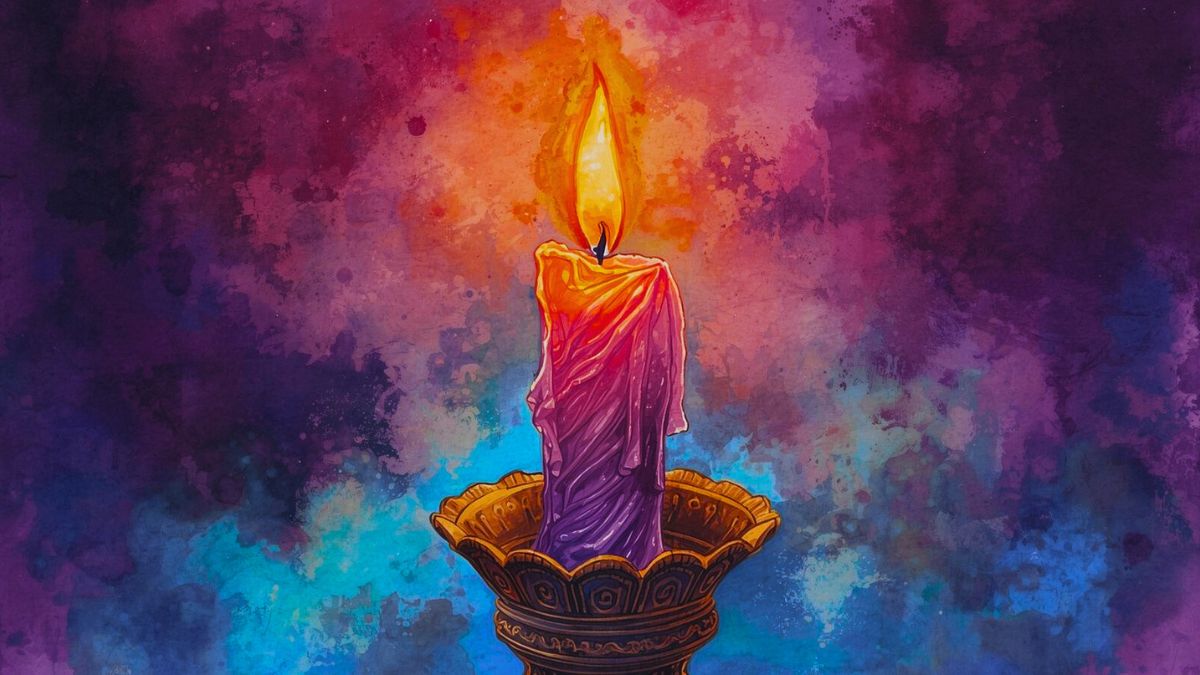“The more we learn to see the world through each other’s eyes, the more human we all become. Every culture is a window into a different truth, a reminder that life can be lived in countless beautiful ways. When we choose to listen with openness, we don’t just understand others better but we grow into fuller versions of ourselves.”
Today, cultures don’t just meet at the edges of maps or in faraway travels—they meet everywhere. They meet in crowded city streets, in shared workplaces, across family dinner tables, and even in the simplest of online exchanges. The boundaries between “my world” and “yours” are dissolving more and more with each passing day. Technology may have made us neighbors, but it is cultural intelligence that makes us truly connected.
Cultural intelligence is not about memorizing a checklist of customs, greetings, or dos and don’ts. It’s something deeper. It’s about presence—the ability to honor another person’s way of life without rushing to compare it to your own, and to stay open enough that what you learn has the power to change you. It’s about letting curiosity take the place of fear, compassion dissolve assumptions, and humility remind us that we don’t know everything—but we can always learn.
When we practice cultural intelligence, we give ourselves and others a gift: the gift of being seen, respected, and valued as whole human beings. And that changes how we work, how we lead, how we love, and how we live.
Here are 7 gentle, human-centered ways you can begin to nurture your cultural intelligence and invite deeper connection into your everyday life:
1. Begin With Self-Awareness
Every culture feels “normal” to the people who live inside it. But pause for a moment—what feels normal to you? Is it greeting with a handshake, eating with a fork, speaking directly? None of these are universal truths; they’re reflections of the cultural lens you inherited.
When you become aware of your own lens, you start to see how it colors the way you interpret others. For example, someone avoiding eye contact might feel “shy” to you, but in another culture, it could mean deep respect. The more you notice your own patterns, the more space you create for others to be different—and for your cultural intelligence to expand.
2. Practice Genuine Curiosity
Curiosity is one of the most human ways to connect. It says: I want to know your world. Ask about the meaning behind a holiday, the story of a family recipe, or what a childhood memory looked like in their culture.
But let your curiosity be gentle, never interrogative. The point isn’t to collect facts but to receive stories. And stories are sacred—they carry pieces of identity, memory, and love. When people feel seen in this way, they often share more freely, giving you glimpses of wisdom that no textbook on cultural intelligence could ever provide.
3. Listen Beyond Words
Words are only one layer of communication. Cultural intelligence invites us to listen beneath them. Notice the pauses, the silences, the body language, and the rhythm of how someone speaks.
In some cultures, silence is not awkward but respectful. In others, speaking softly signals thoughtfulness, while in another setting, direct words show honesty. When you listen beyond words, you catch the soul of what someone is really expressing. You discover that communication isn’t just about exchanging words—it’s about exchanging presence.
4. Build Relationships, Not Just Knowledge
Reading about a culture gives you a glimpse; building a relationship gives you a world. A friendship with someone from another background will teach you truths that no article or workshop could.
Think of sharing a meal: the spices, the traditions, the way the table is set—all of it carries memory and meaning. Sitting together, laughing over small misunderstandings, telling stories late into the night—this is where cultural intelligence comes alive. Relationships take knowledge out of your head and anchor it in your heart.
5. Adapt With Respect, Not Imitation
True cultural intelligence is about honoring others without losing yourself. Adapting is not pretending—it’s a way of saying, I see you, I respect you.
If a culture bows as a greeting, bow back. If they take their shoes off before entering a home, do the same. If their meal begins with a blessing, pause with them. These simple acts are not about performance but about kindness. They whisper: Your way matters to me.
6. Embrace Discomfort as Part of the Journey
Cross-cultural encounters aren’t always easy. You may mispronounce a name, misunderstand a gesture, or accidentally cause offense. Your face might flush with embarrassment. But here’s the truth: discomfort is not failure—it’s growth unfolding.
Each stumble is a lesson in humility. When you laugh at your mistakes, apologize sincerely, and keep learning, you show that your intention is real. And intention is often what people remember most. The courage to stay open in these moments is what builds the deepest form of cultural intelligence.
7. Reflect and Keep Learning
Every interaction is an invitation to grow, but growth requires reflection. After meeting someone from a different culture, take a few moments to ask yourself: What touched me? What challenged me? What surprised me?
Reflection transforms fleeting experiences into wisdom. And wisdom slowly shapes you into someone who carries cultural intelligence not as a skill but as a way of being. Over time, you’ll notice yourself moving through the world with more grace, compassion, and openness.
Closing Thought
At its essence, cultural intelligence is not about mastering cultural “rules.” It’s about choosing connection over division, presence over assumption, and respect over fear.
Every culture carries treasures—unique ways of seeing, creating, and living. When we open our hearts to those treasures, we don’t just become more intelligent; we become more human.
So the next time you meet someone whose world feels different from yours, pause. Listen with your whole self. Let curiosity soften the edges of unfamiliarity. Because each small act of openness is a thread—and when woven together, those threads create the fabric of understanding our world so deeply needs.

